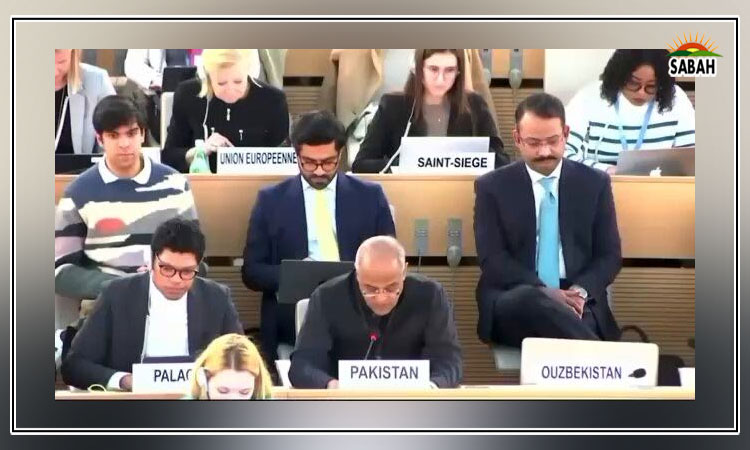Childcare challenge …. Huma Yusuf
DURING a spell of what feels like endless school holidays, a working mother’s mind inevitably turns to childcare. When faced with the great juggling act that is work and life, it is not surprising that the West is grappling with declining birthrates and millennials are taking to TikTok in droves to swear off having children. Readers may dismiss working mothers and childcare as a Western problem, but it is increasingly a Pakistani one. The country must tackle it quickly if it is to be an equitable, inclusive and prosperous society.
Admittedly, there has been good news on the childcare front. In her inaugural speech as Punjab Chief Minister, Maryam Nawaz pledged to develop day care centres in workplaces to enable working women. This comes on the back of a spree of day care centre launches in Punjab in recent years, including at police stations. Last year, the then president signed the Day Care Centres Bill, which requires workplaces in Islamabad with more than 70 employees to establish crèches. It has also made news headlines each time a provincial assembly has established a childcare facility, setting a positive precedent.
But these largely symbolic acts amount to little in a country with a female population of 109 million (2021). At 24 per cent, Pakistan’s female labour participation rate is among the lowest in the world, and well off our own Vision 2025 target of 45pc. The lack of childcare is a key driver for this low participation: according to a 2019 ILO study, Pakistani women do more than 90pc of unpaid care work.
Despite this alarming statistic, the impetus to push for adequate childcare for Pakistani women seems more like lip service than a top priority. This highlights the state’s short-sightedness, given that female workforce participation is constantly cited as a golden key to unlock Pakistan’s economic potential. Indeed, a 2018 IMF study concluded that Pakistan could boost its GDP by 30pc if it closed the gender gap in its workforce.
Childcare demand is set to grow exponentially.
There are various barriers to additional childcare provision, the key one being the failure to recognise the massive demand for such support. The nostalgic fantasy of joint families, where infants are left in the care of doting grandmothers, persists. In reality, care is provided by elder female siblings or cousins, themselves denied schooling because of childcare obligations, fuelling a vicious cycle of female poverty and marginalisation. Or it’s a maid — likely underage and underpaid — who herself will struggle with childcare when the time comes to start a family. Improving formal childcare provision for one woman would likely improve the lot of many others.
The childcare demand is set to grow exponentially. High inflation means dual-income households, particularly in urban areas, will grow in number. Some of this will hopefully also be spurred by positive pull factors, as more workplaces seek to be gender inclusive.
Pakistan is also likely at a tipping point for female rural-urban migration, and potentially at risk of having its female labour force participation decline if it cannot solve the childcare puzzle. This is because women in rural areas who participate in agricultural activities are considered employed (leading to a rural-urban discrepancy of 28.9pc against 10.2pc in 2016).
Rural-urban migration has been dominated by men seeking employment or education in cities, with women moving in smaller numbers, largely due to marriage. But as climate change leads to more stress on agricultural production, expect women to migrate in much larger numbers due to economic necessity. With climate migration will come greater demand for childcare, particularly in urban areas, as women leave behind the proverbial village it takes to raise a child. Failure to cater to this demand will worsen the prospects of female labour participation.
The solution is not merely legislative: laws such as the 1934 Factories Act mandate childcare provision by employers after reaching a threshold of female employees. A 2021 IFC/ Pakistan Business Council report found that these laws were poorly implemented because of lack of awareness and resources both among enforcement agencies and employers.
This will have to change. But solving for the supply side without addressing valid and material safeguarding concerns will be as good as doing nothing. Given the horrific stories about child abuse that make it to the news with sickening frequency (those are just the cases that are reported), childcare provision will have to be delivered with a complete infrastructure of regulation, monitoring, robust law-enforcement and timely inspections.
We cannot afford to wait. The fate of legions of working women and their children depends on our state prioritising the childcare conundrum.
The writer is a political and integrity risk analyst.
X: @humayusuf
Courtesy Dawn, April 15th, 2024












